This is Rachel. If you haven’t already made her acquaintance, she’s something of a hen starlet on my Facebook page where she is featured daily in all her fluffy cuteness. Rachel is a bantam frizzled Cochin. Cochin is her breed, bantam describes her miniature size and frizzle describes her unusual feathers. Genetics cause frizzled feathers to grow out and curl away from the body instead of growing flat and smooth following the body contour. Frizzle is not a breed, it is a genetically programmed feather type.
Cochin is her breed, bantam describes her miniature size and frizzle describes her unusual feathers.FACTS ABOUT FRIZZLED CHICKENS:
- Frizzles are most commonly found in the following breeds: Polish, Cochin, Plymouth Rock, Japanese and Silkies (Silkie frizzles are referred to as Sizzles)
- Frizzled feathers curl out and away from the skin instead of laying flat against it.
- Frizzles cannot fly and may find it difficult to roost if the roosts are positioned too high above the floor.
Frizzled feathers provide less protection from the cold than smooth feathers as it is difficult to trap warm air against their bodies with backwards-facing feathers. Frizzled genes are dominant. A smooth-feathered bird bred to a frizzled bird will result in 25% of the chicks possessing frizzled feathers.
Bantam Cochin Frizzles Monica, Rachel & Phoebe at 6 weeks old.Breeding a frizzled bird to another frizzled bird is undesirable due to the chance that the mating may produce “curlies,” an over-frizzled bird with feathers that are weak, brittle and break easily. (think: chicken with a really bad perm)
White bantam Cochin chicks Female with frizzled feathers on left. Male on right.



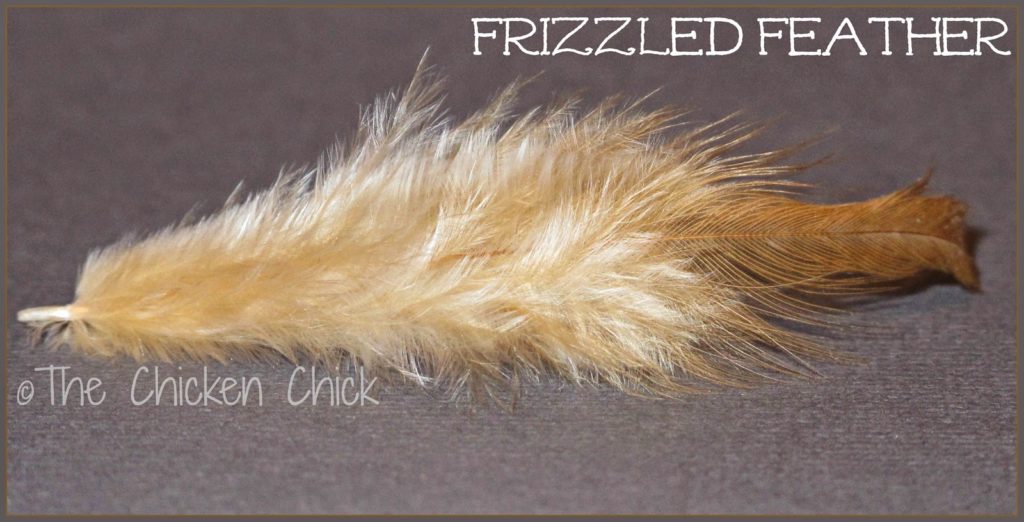
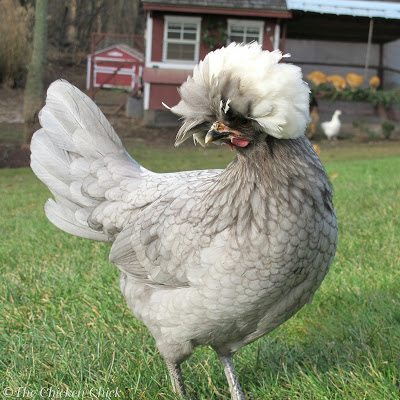
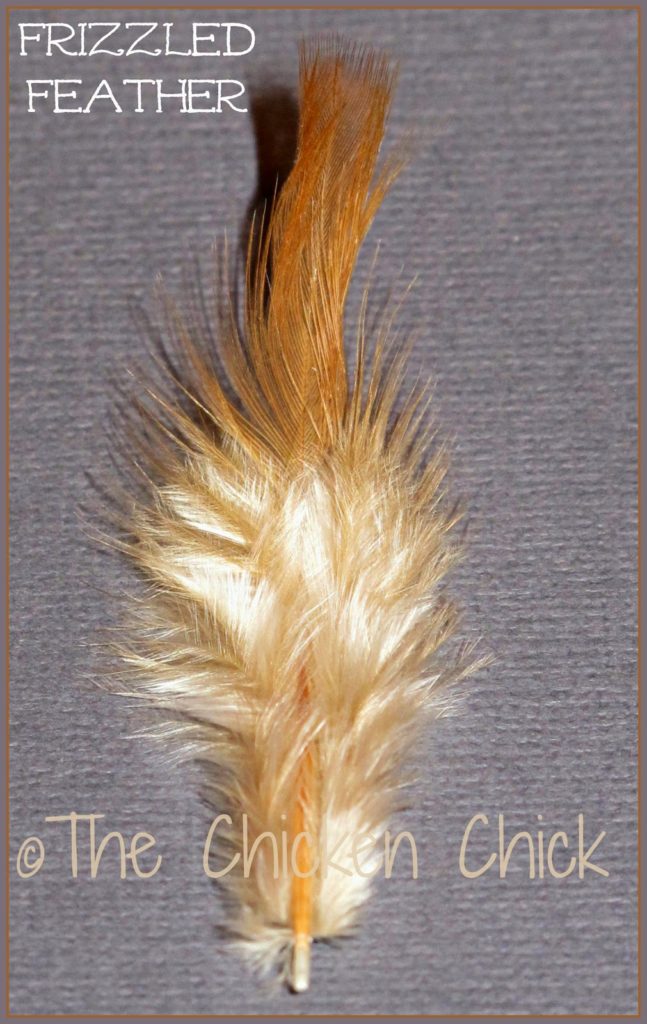
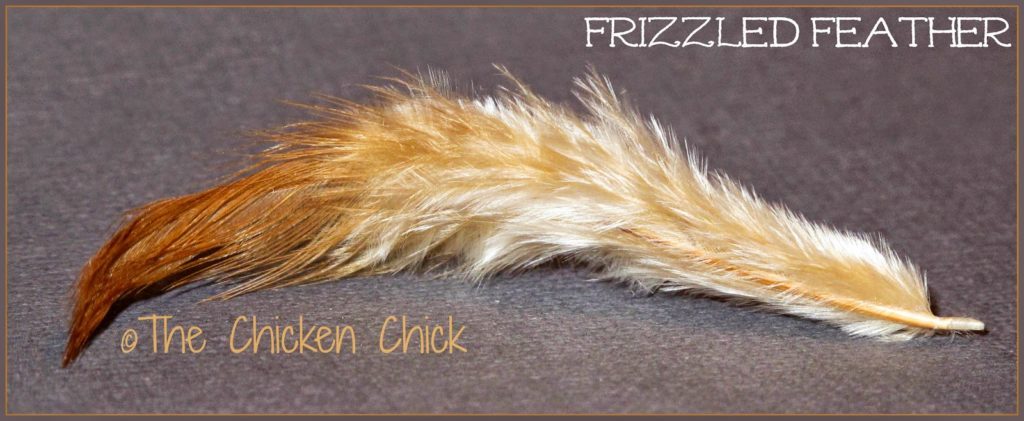
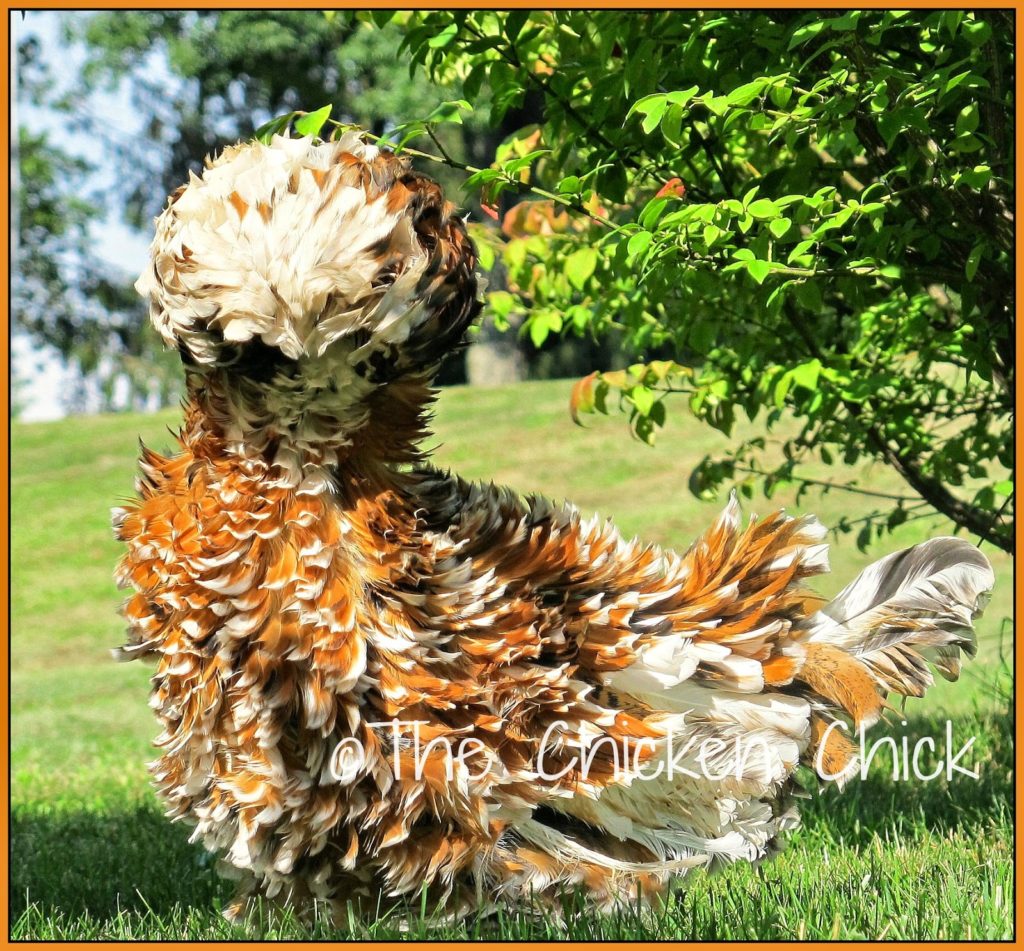
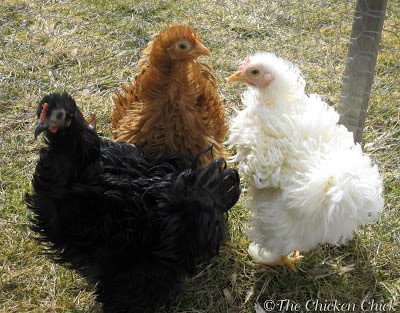
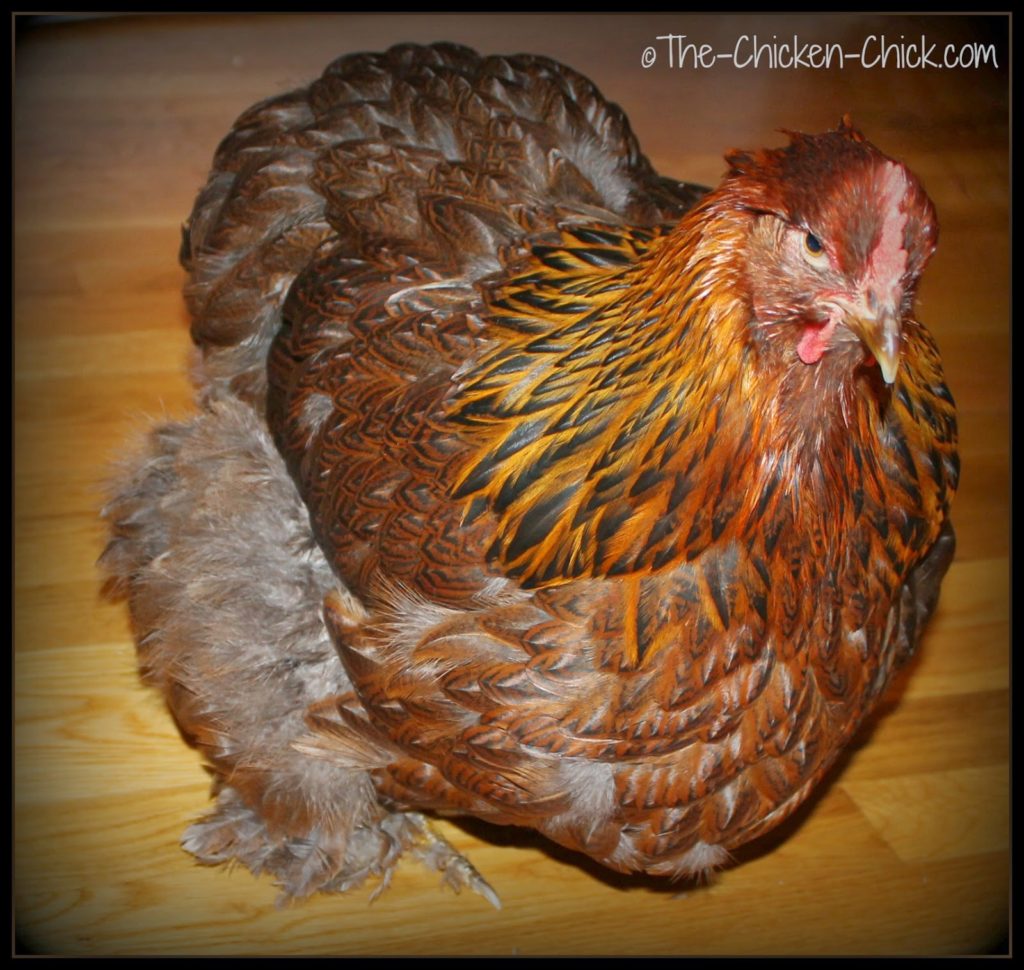
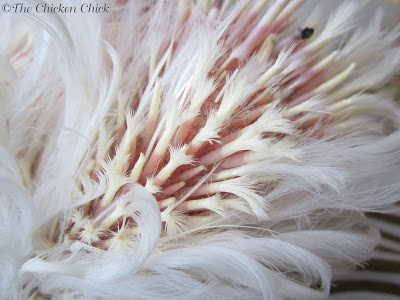
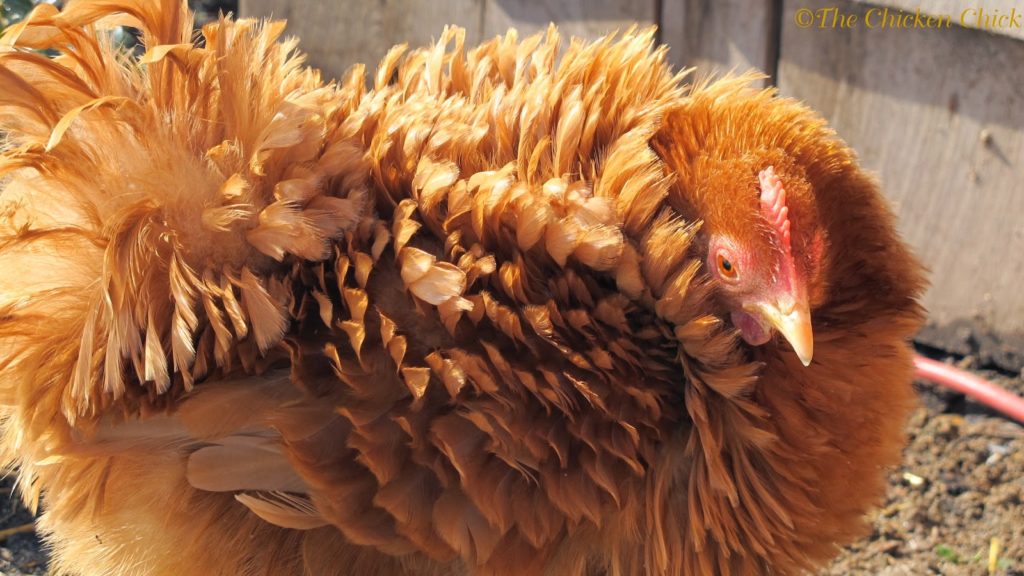



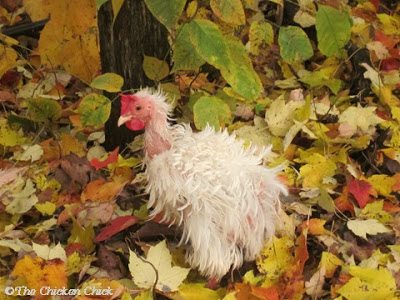
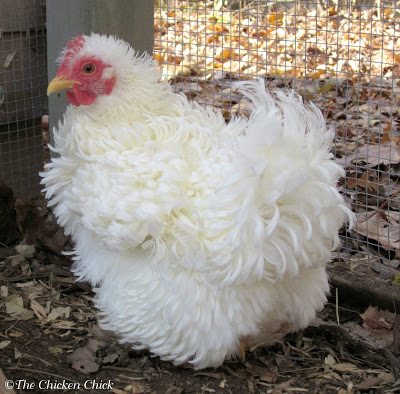
























I got my first ever cochin bantam frizzle last fall. He belonged to one of my 4-H youth and because he was a roo, they couldn't keep him after the show, so he came to live with us. Mr. Frizzle is his name and he's something else!
Do they have any health concerns other than being a little "cooler" than the other girls?
Love your blog. We have 3 baby Silkies. Can't wait to see how they turn out!
Always love the wonderful photos! :) Glad that spring if finally starting to show up!
Thanks for all the great info! Whatever my question, you have the answer! And sweet Rachel always makes me smile ; )